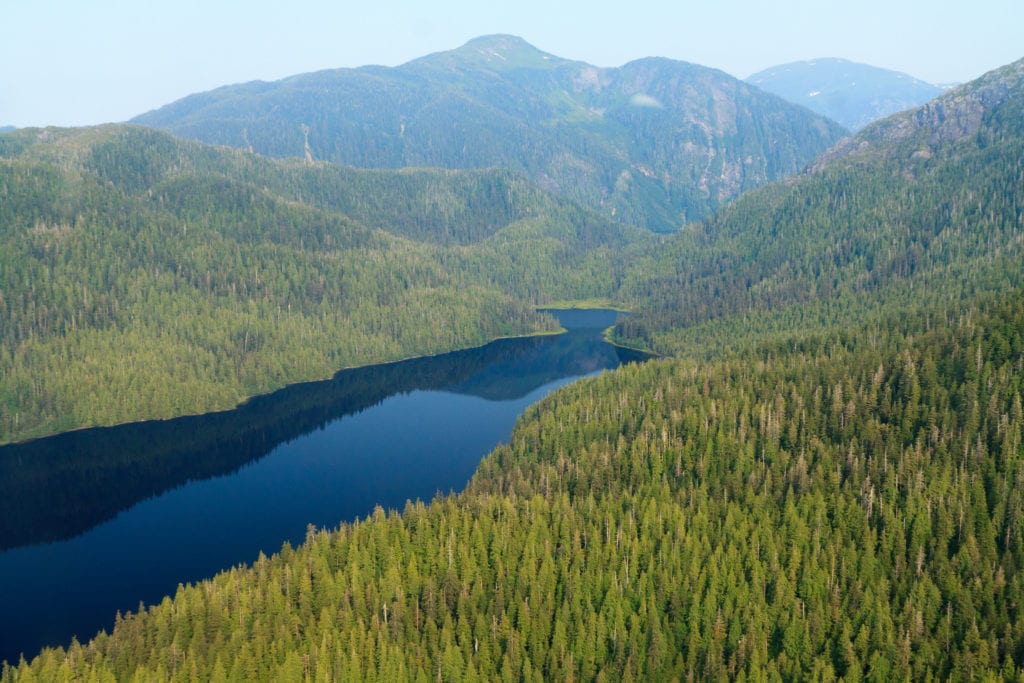
Final public meetings on the proposed alternatives for the Alaska Roadless Rule wrapped up in mid-November, leaving a future exemption for Tongass National Forest yet to be determined.
The last of 17 public information meetings hosted by the U.S. Forest Service were held on Nov. 14 at Point Baker and Hoonah in Southeast Alaska, and in Washington, D.C.
Public comment on the six proposed alternatives, including one to exempt all of Tongass National Forest from the 2001 Roadless Rule, are being accepted through midnight Alaska time on Dec. 17.
Alternative 6, the designated preferred alternative of the Forest Service, would remove all 92 million acres of inventoried roadless areas and convert 165,000 old-growth acres and 20,000 young-growth acres previously identified as unsuitable timber lands to suitable timber lands.
Under this alternative, favored by Alaska Gov. Mike Dunleavy and the Alaska congressional delegation, conservation of roadless values would be covered through other means, including a Tongass Land Management Plan, while Chugach National Forest would remain under the 2001 Roadless Rule.
Opponents of Alternative 6 include commercial fisheries and conservation entities concerned that a roadless rule exemption for Tongass would have severe adverse impact on salmon habitat within the national forest.
Four other alternatives initially considered offer various changes from the current roadless rule, while Alternative 1 would take no action, leaving the entire state under the 2001 Roadless Rule.
At the Nov. 6 public meeting on the University of Alaska Anchorage campus, which attracted about four dozen people, Forest Service officials filled 40 minutes of the two-hour session with a presentation about the issue, provided printed documents of their presentation and answered questions. Written testimony was accepted, but no oral testimony. When asked by a participant why the meeting was not being recorded, officials said meetings were being recorded only in 15 communities where subsistence hearings were held. As Anchorage, Juneau and Washington, D.C., were urban areas where oral testimony was not accepted, no recordings were required, they said.
A lengthy notice of proposed rulemaking that would exempt Tongass from the Roadless Rule was posted in the Federal Register, Vol. 84, No. 201 on Oct. 17 by Secretary of Agriculture Sonny Perdue.
According to the Agriculture Department consultation with Alaska Native entities will be ongoing as federal agencies work toward completing the final environmental impact statement, which is slated for publication in the summer of 2020. At that point Perdue is to determine which alternative will become the final rule.
More information on the roadless issue, including a summary of public comment during the 2018 scoping period and the option to subscribe to the Alaska Roadless Rule newsfeed, is online at fs.usda.gov/roadmain/roadless/alaskaroadlessrule.





